Other
Exploring the Pros and Cons of Artificial Jewelry
Introduction
In the ever-evolving world of fashion and adornments, jewelry plays a significant role in expressing one’s individuality and style. Traditionally, fine jewelry made from precious metals and gemstones has been the epitome of luxury. However, with advancements in technology and the increasing demand for affordable alternatives, artificial jewelry, also known as costume or fashion jewelry, has gained popularity.
What is Artificial Jewelry?
Artificial jewelry refers to ornaments crafted using non-precious materials, such as base metals, glass, acrylic, plastic, and synthetic gemstones. These pieces are designed to resemble their fine jewelry counterparts, offering an accessible and affordable option to consumers without compromising on aesthetics.
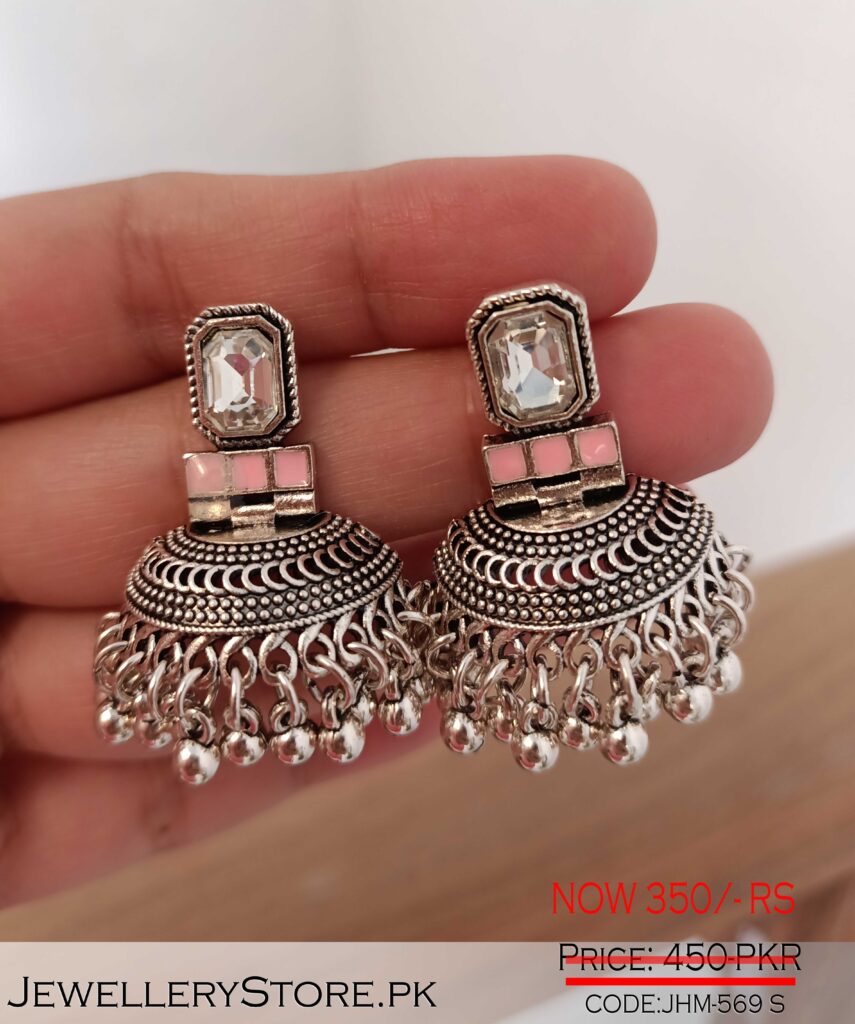
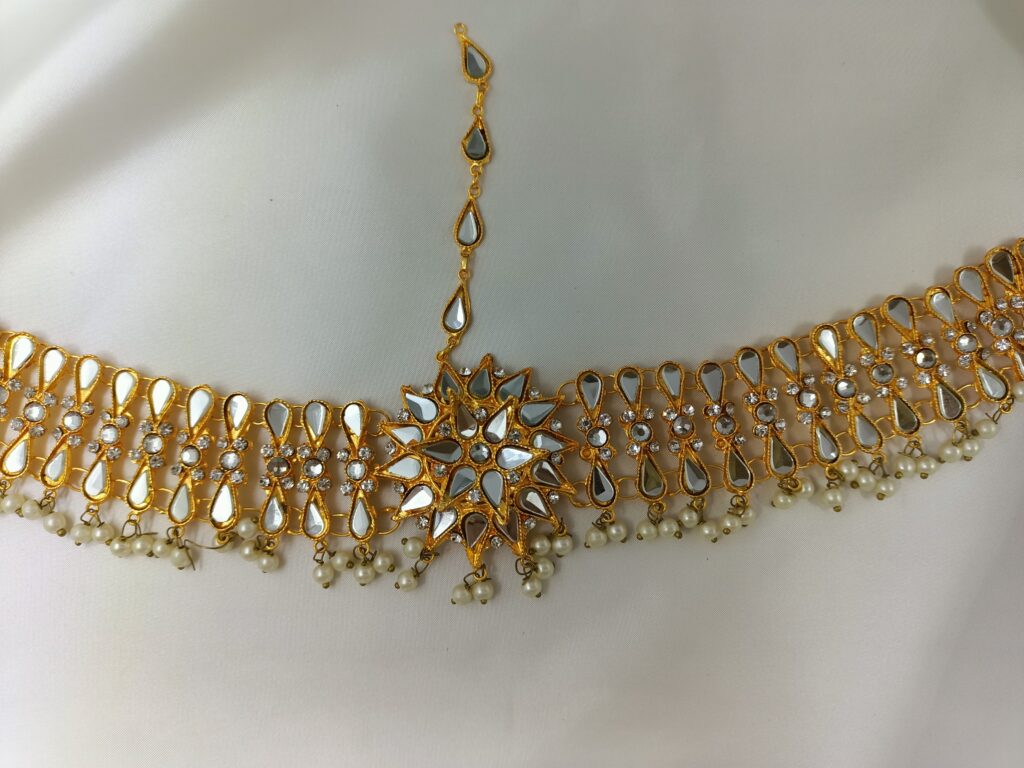
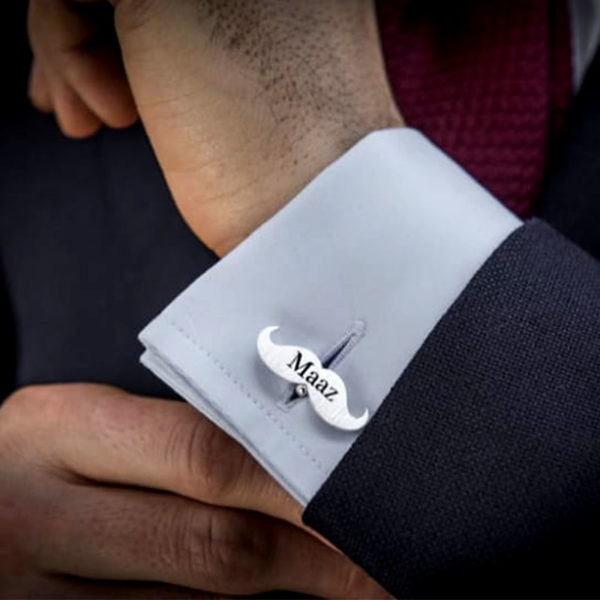
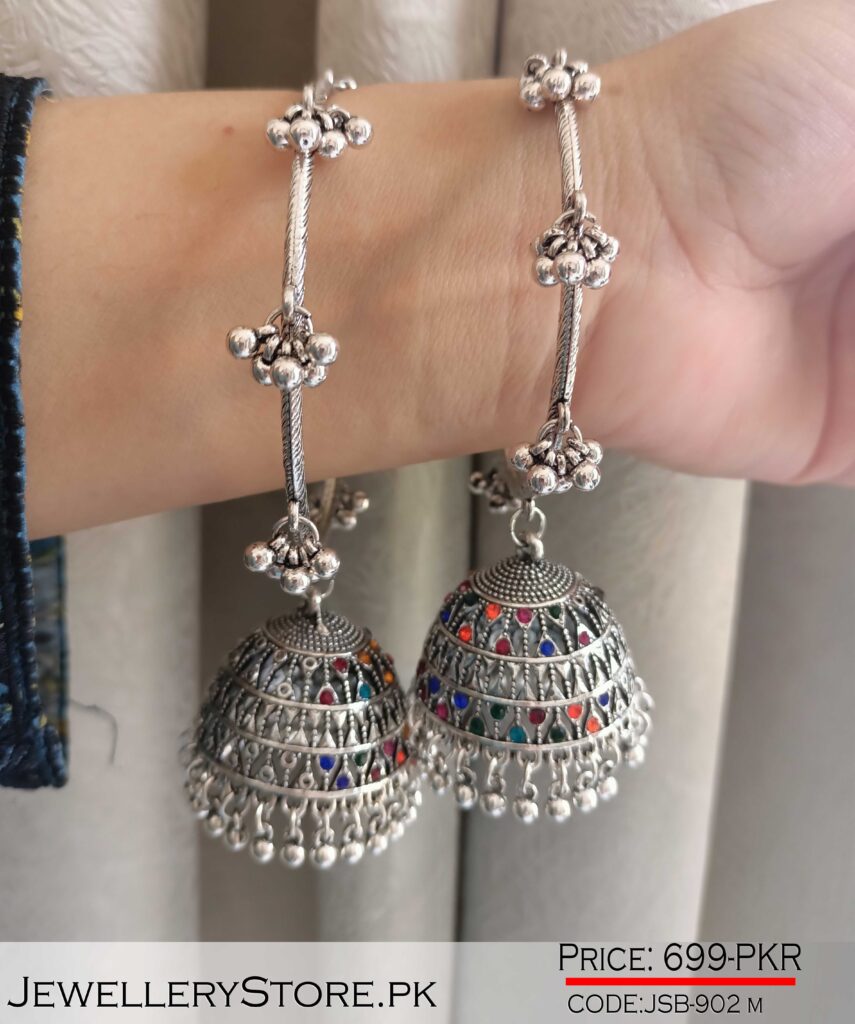
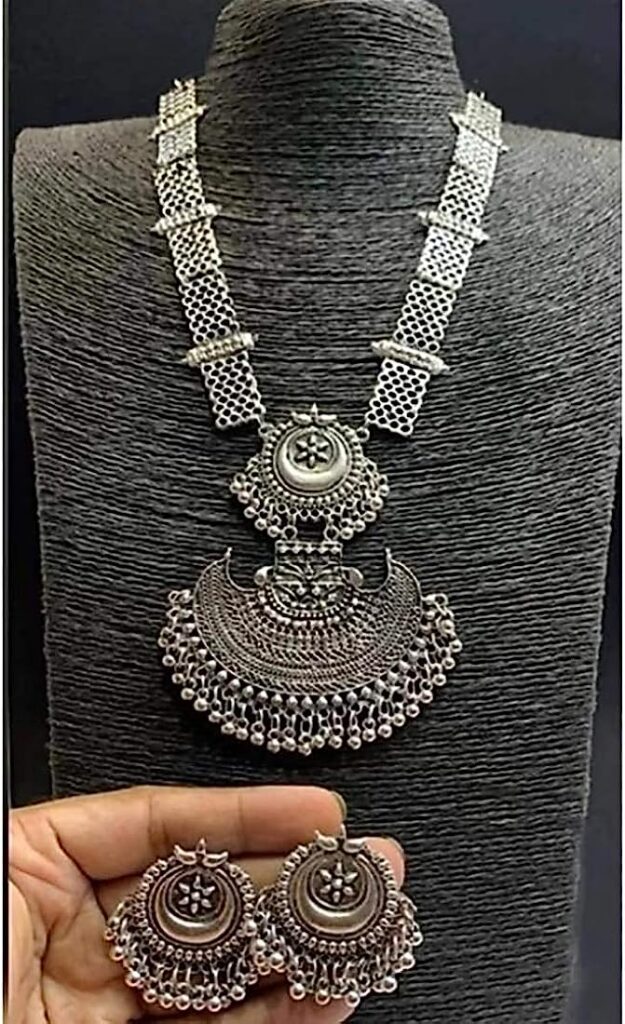
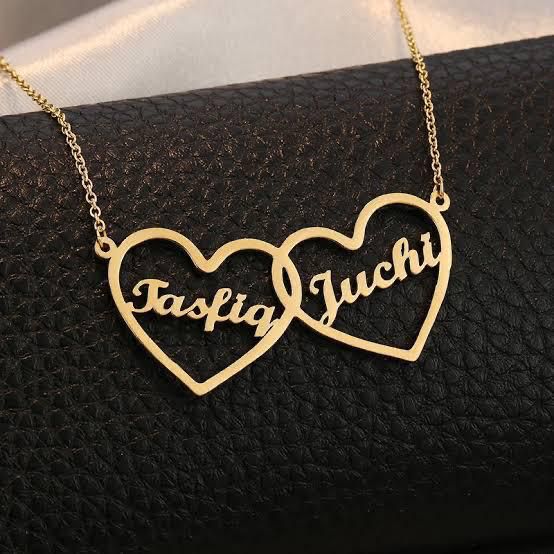
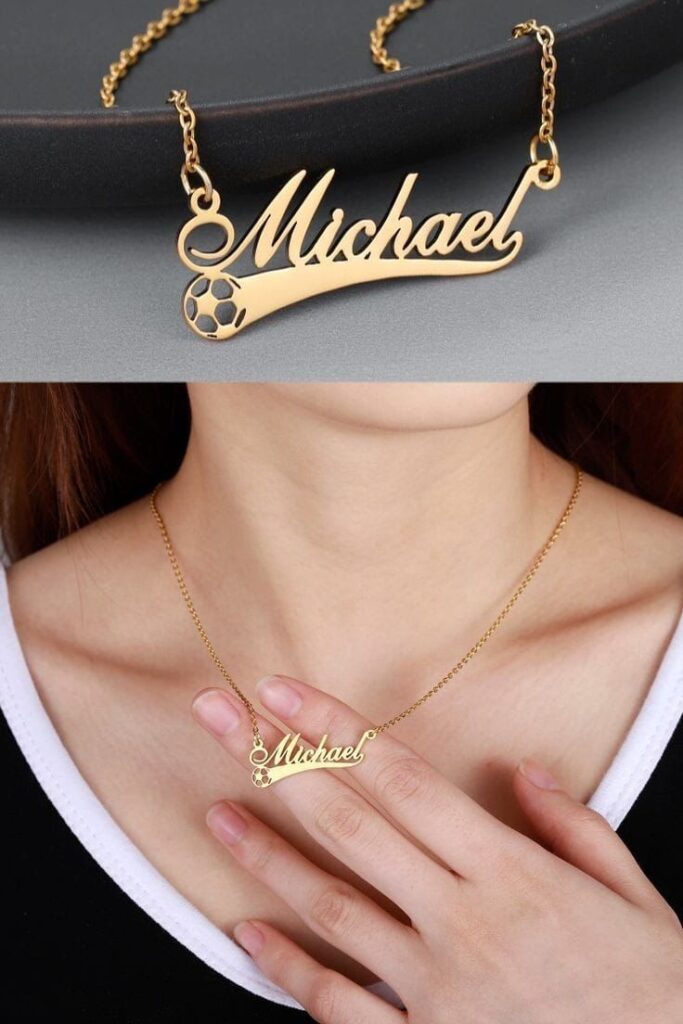
The Pros of Artificial Jewelry
1. Affordability
One of the most compelling advantages of artificial jewelry is its affordability. Unlike fine jewelry, which can be expensive due to the use of precious metals and gemstones, artificial jewelry provides an attractive and budget-friendly alternative. This affordability allows individuals to own a diverse collection of pieces for various occasions without breaking the bank.
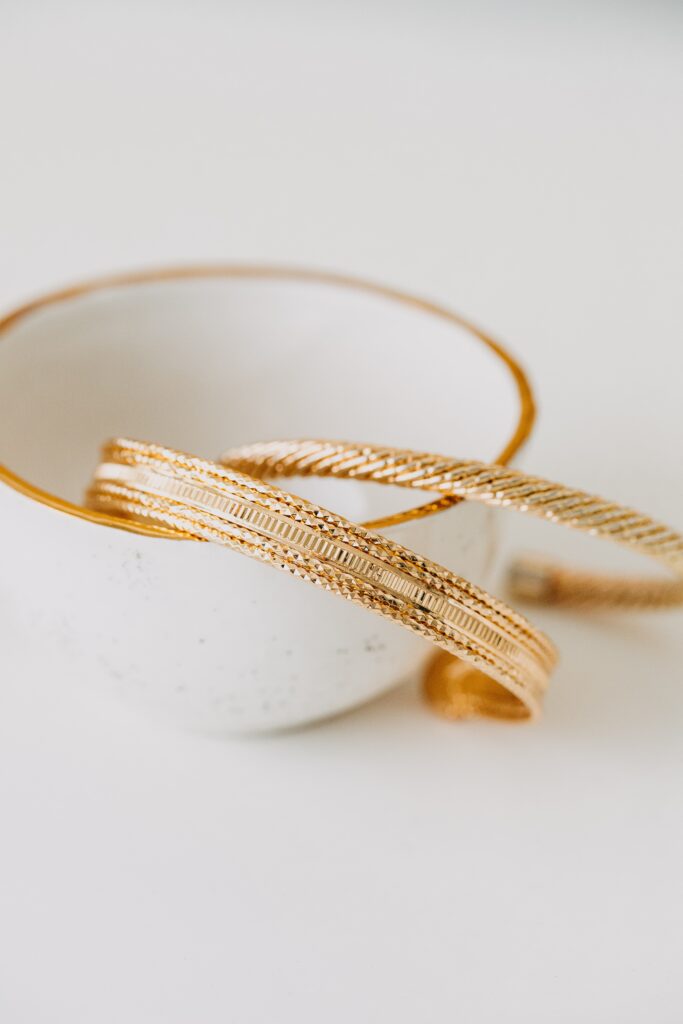
2. Wide Variety and Trendy Designs
Artificial jewelry offers an endless array of designs, styles, and colors. Manufacturers can experiment with a wide range of materials, allowing them to keep up with the latest fashion trends. As a result, consumers have access to a plethora of options to complement their outfits, from traditional and vintage-inspired pieces to modern and avant-garde designs.
3. Lightweight and Comfortable
Compared to fine jewelry, artificial jewelry is typically lighter in weight. This feature makes it more comfortable to wear for extended periods, especially for those who prefer lightweight accessories. The absence of heavy precious metals and stones reduces strain on the body, making artificial jewelry a practical choice for daily wear.
4. Versatility
Artificial jewelry is highly versatile, suitable for various occasions and outfits. Whether it’s a casual day out, a formal event, or a themed party, there’s a perfect piece of artificial jewelry to complement any attire. This versatility allows individuals to effortlessly accessorize and express their style without feeling limited by budget constraints.
5. Lower Risk of Theft or Loss
While fine jewelry can be an attractive target for theft due to its high value, artificial jewelry poses a lower risk in such situations. Additionally, if misplaced or lost, the financial burden is comparatively lighter, providing peace of mind to wearers.
The Cons of Artificial Jewelry
1. Durability and Tarnishing
One of the primary drawbacks of artificial jewelry is its durability. Since it is made from non-precious materials, it may not withstand wear and tear as well as fine jewelry. Over time, artificial jewelry may show signs of tarnishing, fading, or chipping, especially if not handled with care. However, proper maintenance can extend its lifespan.
2. Allergic Reactions
Some individuals may experience allergic reactions to certain materials commonly used in artificial jewelry, such as nickel or certain alloys. Allergic reactions can lead to skin irritation or rashes. To avoid this issue, buyers should opt for hypoallergenic options, and manufacturers should strive to use skin-friendly materials.
3. Limited Value Retention
Unlike fine jewelry, which can hold or increase in value over time, artificial jewelry has limited value retention. It is primarily considered a fashion accessory rather than an investment piece. As a result, reselling artificial jewelry may not yield significant returns.
4. Not Suitable for All Occasions
While artificial jewelry is versatile, there are instances where fine jewelry is more appropriate, such as formal events, weddings, or special occasions. In these scenarios, the elegance and sophistication of fine jewelry may be preferred over fashion-forward designs.
5. Environmental Impact
The production of artificial jewelry can have an environmental impact, as it may involve the use of non-renewable resources and chemicals. Manufacturers should consider sustainable practices to reduce the ecological footprint of their products.
Conclusion
In conclusion, artificial jewelry has both merits and limitations that consumers should consider when making their jewelry choices. Its affordability, vast array of designs, and versatility make it an appealing option for fashion-conscious individuals on a budget. However, potential buyers should also be aware of its limitations, such as durability concerns and possible allergic reactions.
See Also This


